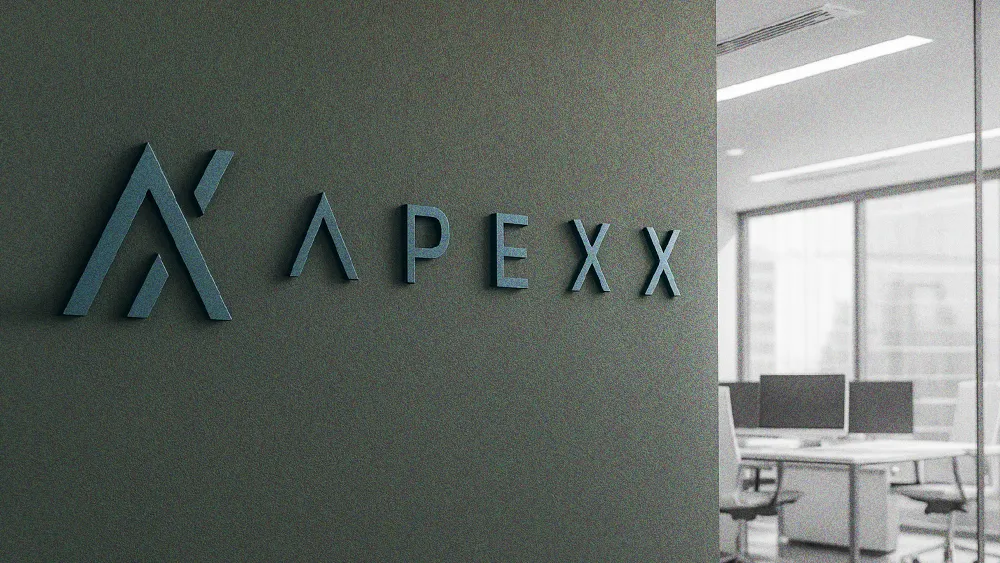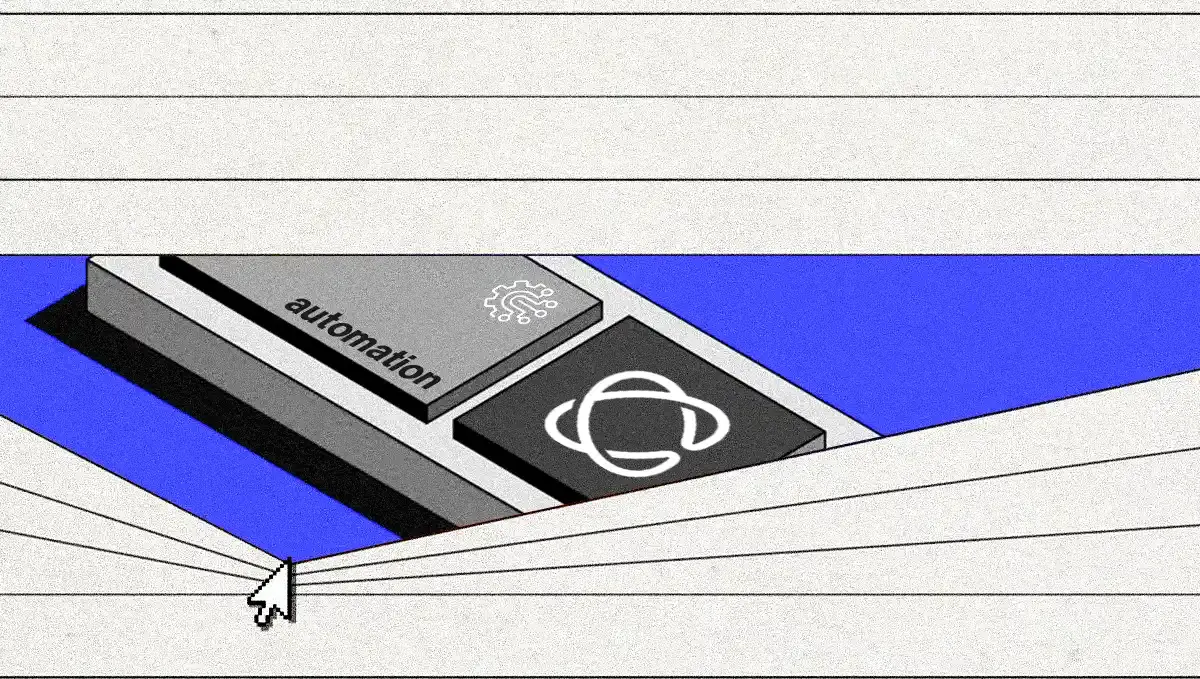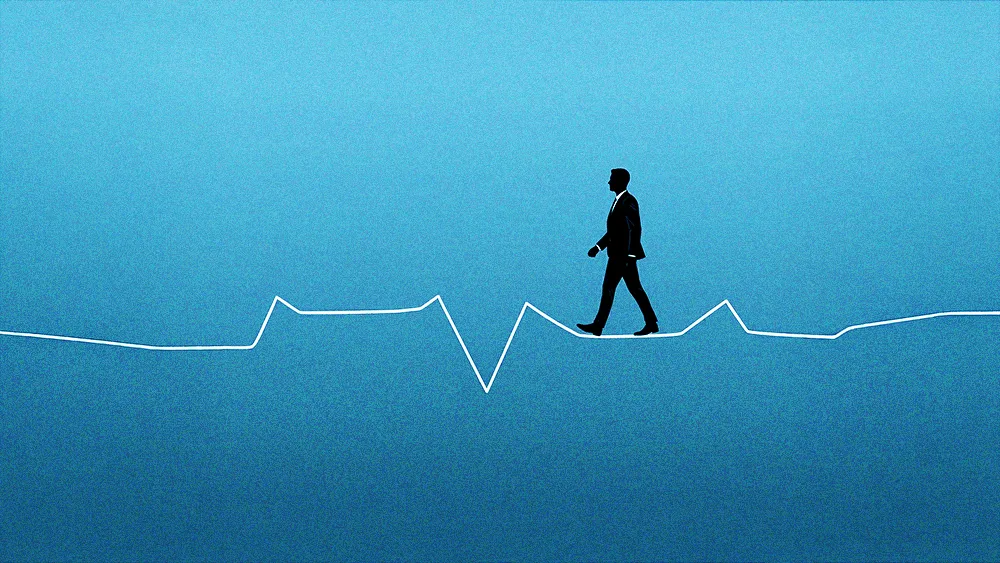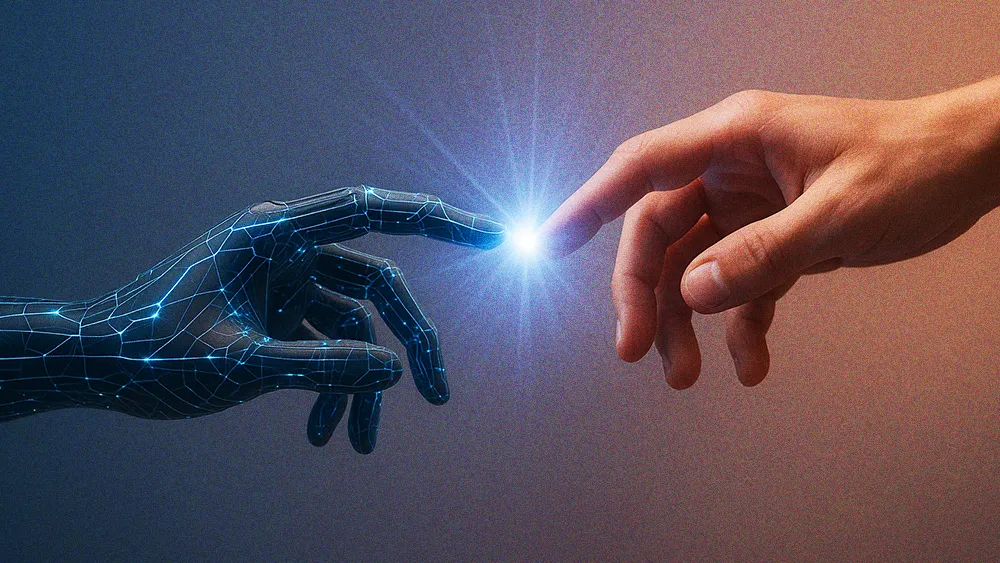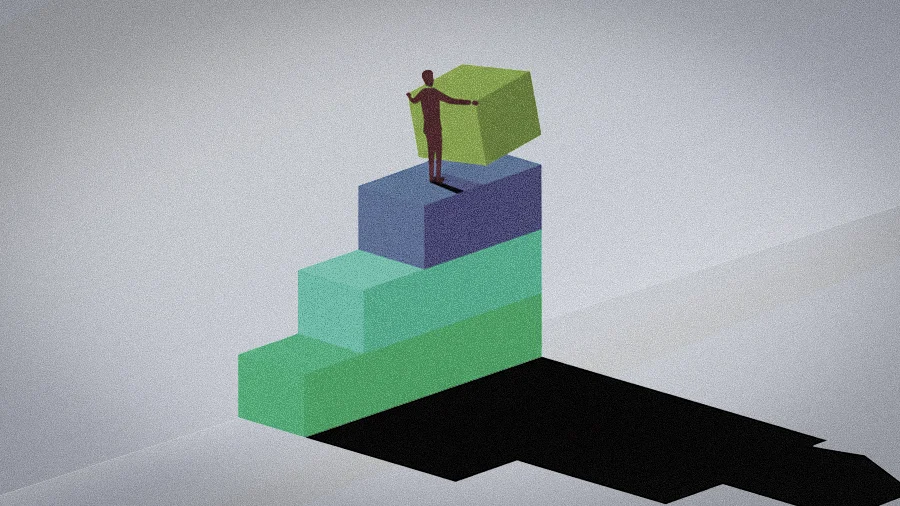
All articles
How AI is Driving CX Leaders to Reimagine Org Charts For More Resilient Customer Satisfaction
Adam Luebbers, an AI transformation, operations, and CX executive, explains why AI often struggles to improve the customer experience.
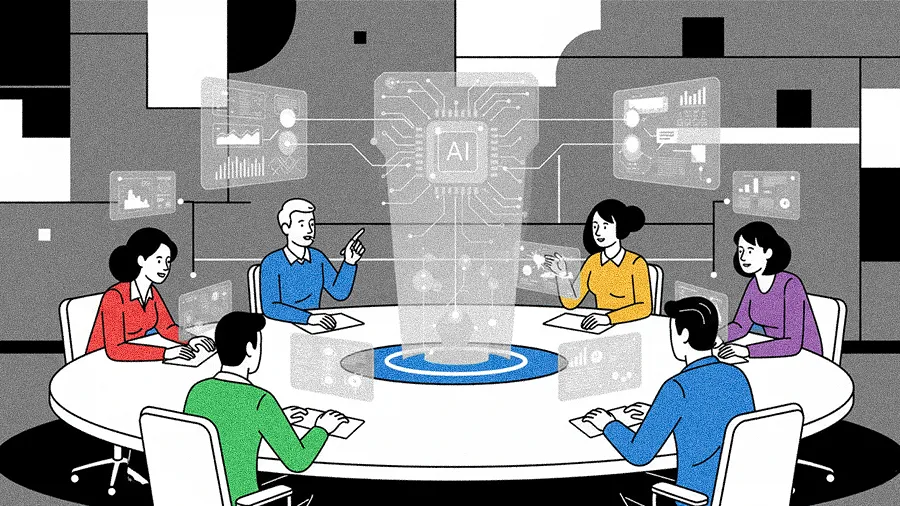
Key Points
AI often struggles to improve the customer experience because most company org charts weren't designed to solve cross-functional problems.
Adam Luebbers, an AI transformation, operations, and CX executive with experience at CLEAR, Rivian, Amazon, GM, and Apple, explains why familiar calls for “better collaboration” are a red flag that no one actually owns the customer problem.
The solution requires a new governance model where leaders grant clear, formal ownership to a specific person or team with the authority to solve issues across departments.
In traditional structures, authority stops at the department line. But customer problems don't. They flow across the entire organization. Often, no one has the authority to solve them.
Once considered a safety net, enterprise resilience is now a growth engine. Today, AI promises access to seemingly endless customer signals. But it also creates a catch: more data often makes more noise than a better customer experience. Now, some experts say most org charts are fundamentally at odds with the problems they're meant to solve.
For an expert's take, we spoke with Adam Luebbers, an AI transformation, operations, and customer experience executive with experience at CLEAR, Rivian, Amazon, GM, and Apple. Luebbers has spent his career on the frontlines of this exact challenge. As a customer experience and operations leader, he scaled global support organizations, led transformations at industry giants, and used machine learning to redesign product experiences, saving millions.
The real problem, Luebbers explains, is that feedback typically follows traditional organizational charts. While frontline teams might address their own issues, critical product feedback is usually "thrown over the fence" to another department, where it often disappears.
“In traditional structures, authority stops at the department line. But customer problems don't. They flow across the entire organization. Often, no one has the authority to solve them,” Luebbers says. To diagnose this disconnect, he uses a "resilience maturity curve." If resilience is an enterprise-wide issue, he continues, then customer experience is the most visible proving ground. "It’s where trust either builds or breaks."
The customer's report card: For Luebbers, the framework is best understood through the customer's eyes. At Level 1 (Reactive), the customer asks, "Why do I have to explain this again?" At Level 2 (Repeatable), the experience is inconsistent: "Sometimes this works, but sometimes it doesn't." At Level 3 (Systemic), the customer has a moment of realization: "Wow. They actually fixed it this time." At Level 4 (Strategic), the experience becomes proactive: "They knew this before I actually said that I needed it."
So why do most organizations plateau? "When everyone owns something, nobody does," Luebbers explains. But most leaders tend to fall back on familiar platitudes. “A call for ‘better collaboration’ is not a solution. It’s an admission that your organization has no clear owner for the problem.” Instead, the path forward is a framework he calls "resiliency-based governance." It reframes accountability by changing the central question from "Did you follow the process?" to "Did the process actually improve based on what we learned?"
The dusty post-mortem: The difference between lower and higher levels of maturity lies in what happens after a lesson is identified, Luebbers says. “Lower-maturity companies are great at documenting lessons. They create a post-mortem, and the document goes on a shelf. The real question is, ‘What happens next?’ Companies that reach higher levels of maturity don’t just document lessons; they embed them into how the work gets done.”
Flipping the question: However, to truly embed those lessons, leaders must re-evaluate the relationship between technology and process first. “Leaders are asking the wrong question. They're asking, 'How do I insert AI into my existing process?' The transformative question is, 'Given what AI makes possible, what should our process and our organization fundamentally look like?'”
Answering that question leads to the final, most critical step in Luebbers' approach: a structural solution that redesigns where authority actually lives. By formalizing ownership and designing the organization around customer outcomes, resilience can turn anticipation into a competitive advantage, he concludes. “The leap from Level 3 to Level 4 happens when you stop creating dashboards and start granting authority. It requires giving clear, formal ownership of a cross-functional problem to a specific person or team, with the power to solve it. That’s the entire game, and it’s where most companies get stuck.”


